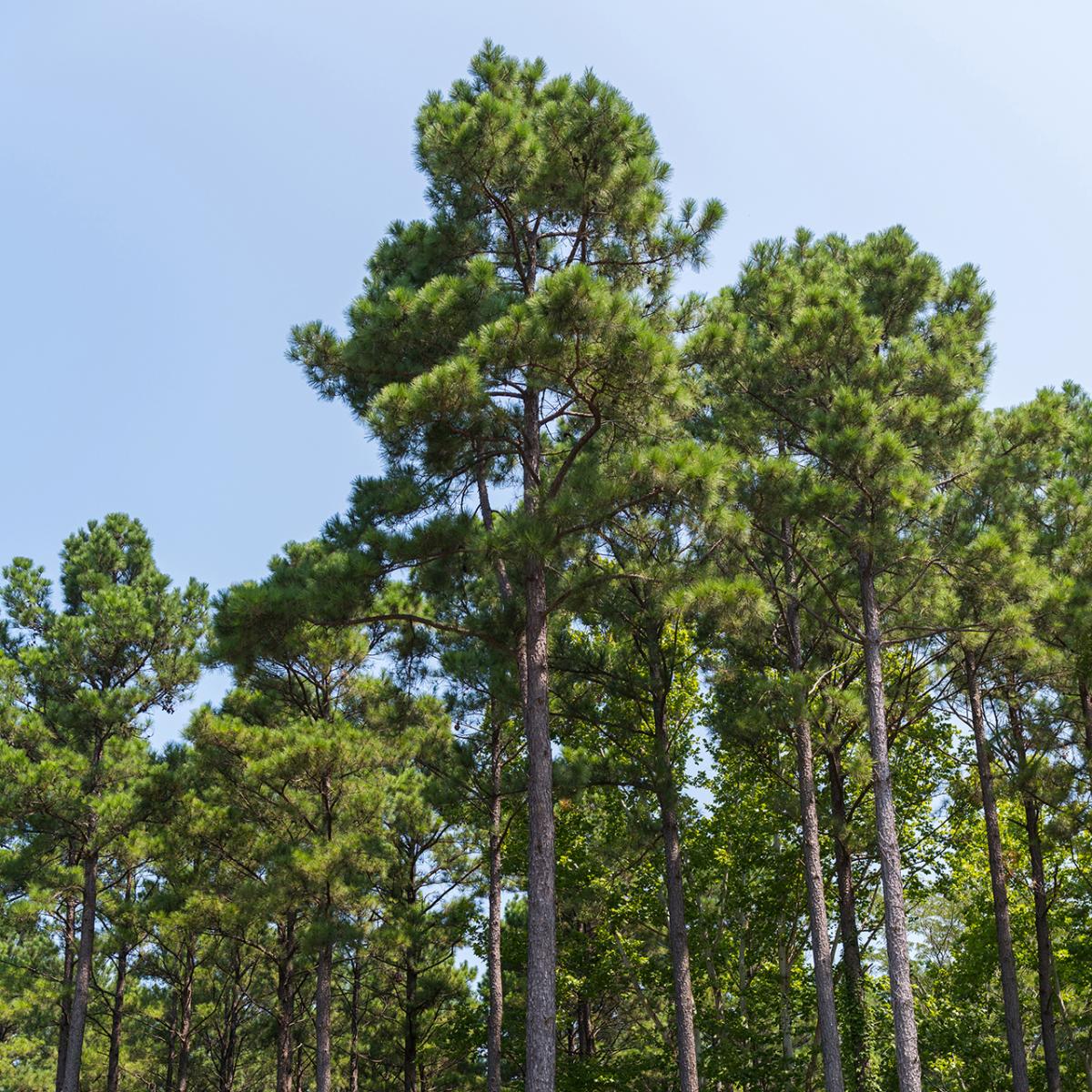PotlatchDeltic 2022 ESG Report: Carbon Removal and Storage

Sustainably managed forests combat climate change through carbon removal. Trees absorb atmospheric carbon dioxide and store it in growth in the branches, trunk, needles, and roots, and respire oxygen. On a landscape scale, managed forests are considered carbon sinks, meaning they reduce the net amount of carbon dioxide in the atmosphere as they grow.
Active forest management enhances carbon removal from the atmosphere compared to unmanaged forests. As forests mature, the rate of carbon sequestration slows, and natural tree mortality increases. Working forests are managed to maintain optimum tree density and spacing, resulting in a vigorously growing forest that minimizes the risk of catastrophic losses. Unmanaged forests increase the chance of carbon losses from disturbances such as fire, insects, disease infestations, or decay.
Forest management concentrates growth on harvestable crop trees for use in solid wood products, which maximizes the amount of forest carbon that is captured and stored in long-lived wood products. Harvesting mature trees and replanting increases the rate of carbon uptake, as well as generating wood for lumber and other wood products.

